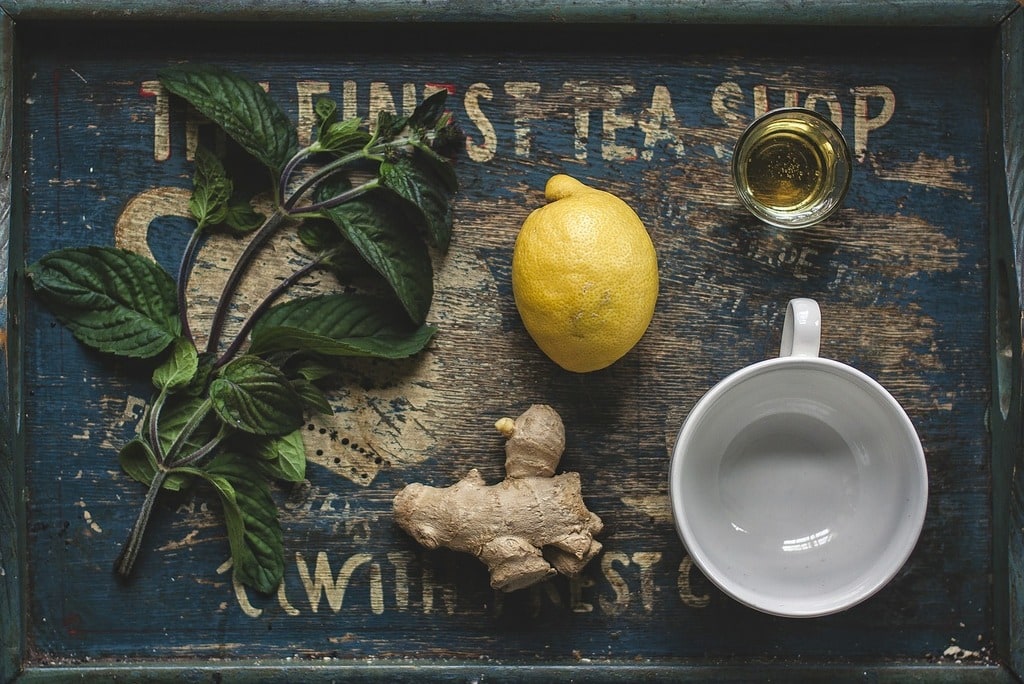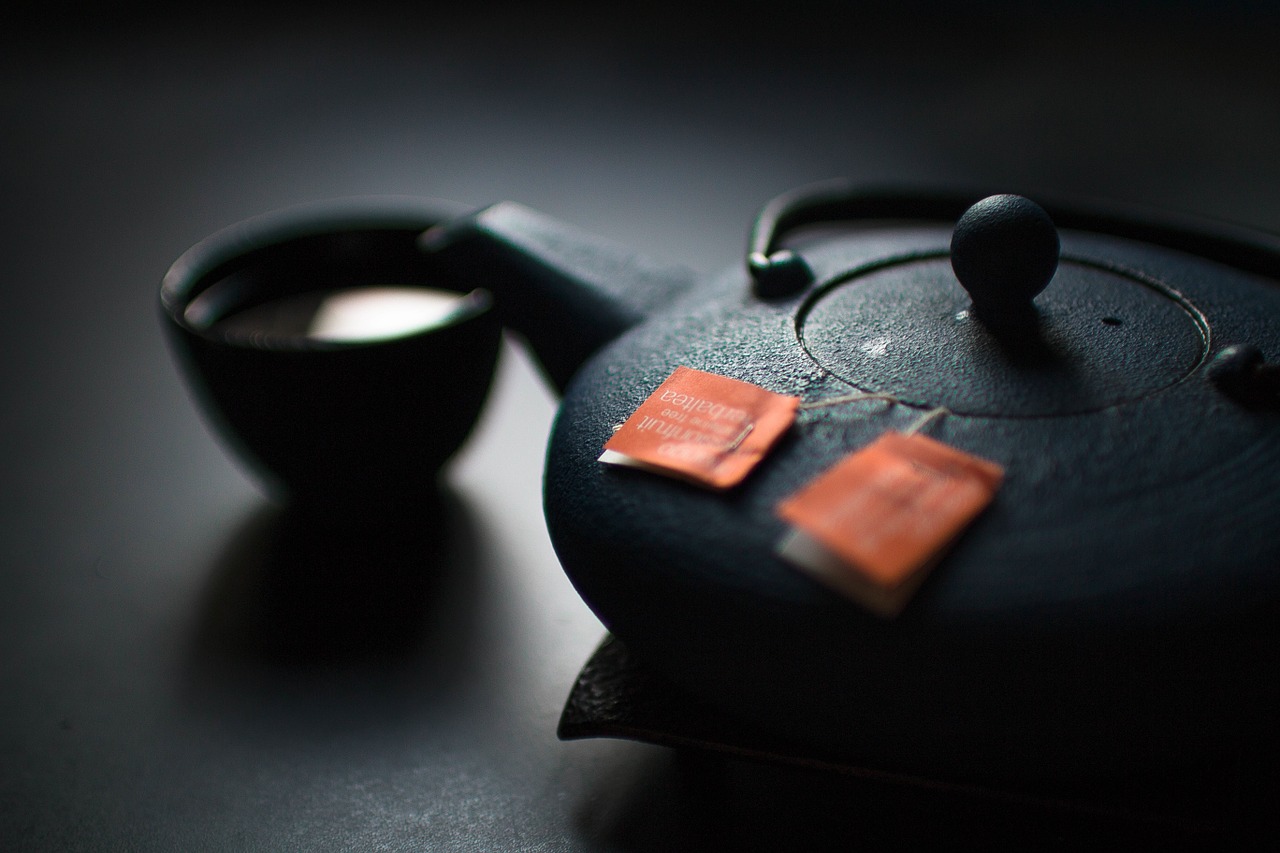Cultural traditions form the fabric of society, weaving together the unique practices, beliefs, and rituals that define each community. These traditions are passed down through generations, often adapting to changing times while maintaining their core essence. Exploring these cultural practices offers a window into the diverse ways people around the world celebrate life, honor their ancestors, and express their identities.
Understanding Cultural Traditions Across Various Nations
In Japan, the tea ceremony, known as “chanoyu” or “sado,” is a centuries-old practice that embodies the aesthetic and philosophical principles of harmony, respect, purity, and tranquility. This ritual, involving the meticulous preparation and consumption of matcha (powdered green tea), is not merely about drinking tea but about appreciating the art and mindfulness involved in each step. The tea ceremony reflects the Japanese values of simplicity, attention to detail, and the beauty of imperfection.
Moving to India, the festival of Diwali, also known as the Festival of Lights, is a major cultural event celebrated by millions. Diwali marks the victory of light over darkness and good over evil. It is a time for family gatherings, lighting oil lamps, and fireworks. Homes are decorated with rangoli, intricate patterns made with colored powders or flower petals, symbolizing joy and prosperity. Diwali is a testament to the rich cultural heritage and the deep-rooted spiritual beliefs in Indian society.
In Mexico, the Day of the Dead (Día de los Muertos) is a vibrant celebration that honors deceased loved ones. Unlike the somber tone of many other cultures’ death-related traditions, this festival is joyous and colorful. Altars (ofrendas) are set up with photos, favorite foods, and mementos of the departed. Marigolds, known as “flowers of the dead,” are used to decorate these altars, believed to guide the spirits back to the world of the living. The Day of the Dead showcases the Mexican perspective on death as a natural part of the life cycle, embracing it with music, dance, and festive activities.

Unique Rituals and Celebrations
Beyond these well-known examples, countless other traditions highlight the diversity of cultural practices around the globe. Here are some fascinating rituals and celebrations:
- Thailand: the Songkran Festival, marking the Thai New Year, involves the playful and symbolic act of water splashing, representing purification and the washing away of sins.
- South Korea: chuseok, often referred to as Korean Thanksgiving, is a time when families come together to pay respect to their ancestors, prepare traditional foods, and share stories.
- Brazil: carnival is an exuberant festival known for its parades, samba music, and elaborate costumes, reflecting Brazil’s rich cultural tapestry and history of African, Indigenous, and Portuguese influences.
- Ethiopia: timkat, the Ethiopian Orthodox celebration of Epiphany, features a re-enactment of the baptism of Jesus in the Jordan River, with processions, prayers, and the blessing of water.
These traditions illustrate how cultural practices can vary widely yet share common themes of community, heritage, and the human experience.
The Role of Food in Cultural Traditions
Food plays a central role in many cultural traditions, often serving as a medium for communal bonding and the transmission of heritage. In Italy, for instance, Sunday family meals are a cherished tradition, bringing together multiple generations to share homemade pasta, sauces, and other culinary delights. These gatherings are more than just about eating; they are a celebration of family unity and the joy of cooking.
In China, the Lunar New Year is celebrated with a variety of symbolic foods, such as dumplings (jiaozi) representing wealth, and fish (yu) symbolizing abundance. Each dish carries specific meanings and is prepared with great care, reflecting the importance of food in cultural rituals and the values of prosperity, health, and happiness.
Modern Influences on Traditional Practices
As societies evolve, so do their cultural traditions. Modern influences, such as globalization and technological advancements, have led to the adaptation and sometimes fusion of traditional practices. In some cases, traditions are preserved with slight modifications to fit contemporary lifestyles. For example, traditional Japanese tea ceremonies can now be experienced in virtual reality, allowing people worldwide to engage with this cultural practice from the comfort of their homes.
In the context of weddings, many cultures blend traditional elements with modern trends. In Nigeria, traditional attire and rituals are often incorporated into the wedding ceremony alongside Western-style receptions and dresses. This blending of old and new showcases the dynamic nature of cultural traditions and their ability to adapt while retaining their essence.
Preserving and Revitalizing Cultural Traditions
Efforts to preserve and revitalize cultural traditions are ongoing in many parts of the world. Cultural heritage organizations, community groups, and even governments play active roles in ensuring that these practices are not lost to time. Festivals, educational programs, and digital archives are some of the ways through which cultural knowledge is passed down to younger generations and shared with broader audiences.
In New Zealand, the M?ori language and traditions are being revitalized through initiatives such as M?ori language schools (kura kaupapa M?ori) and cultural events like the Te Matatini festival, which showcases traditional performing arts. These efforts underscore the importance of cultural preservation in maintaining a community’s identity and heritage.
Ultimately, exploring cultural traditions offers a deeper understanding of the values, beliefs, and histories that shape societies. It fosters appreciation and respect for the rich diversity of human experiences and highlights the shared humanity that connects us all. Through the preservation and adaptation of these traditions, cultural heritage continues to thrive, enriching our global tapestry.
